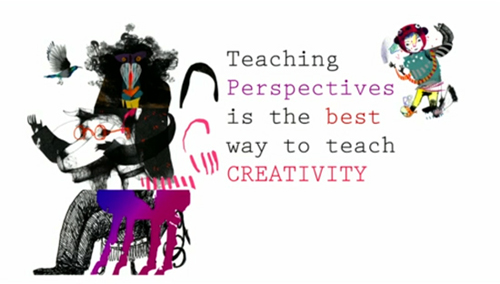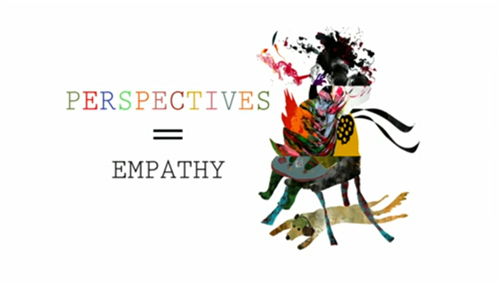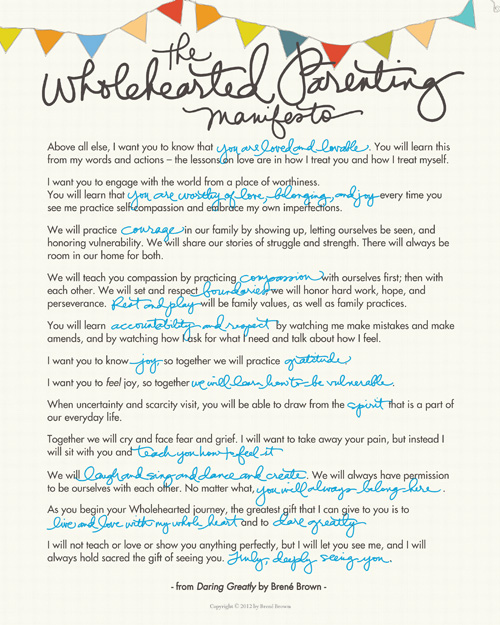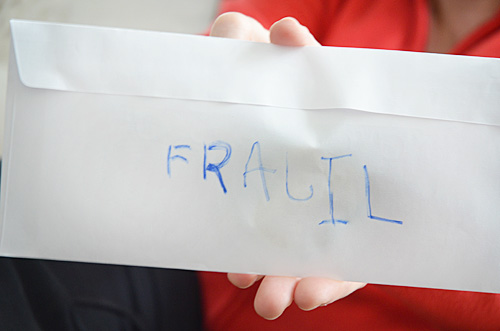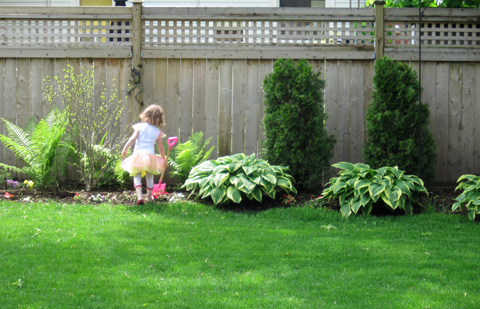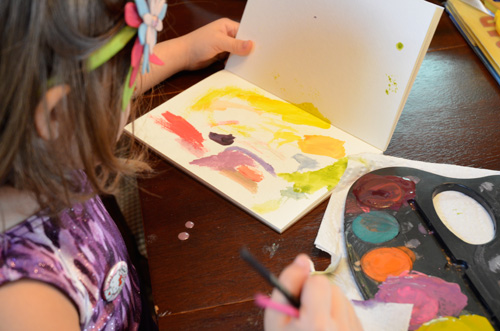
We’ve been all about open-ended art up until a recent trip to an art studio which has me thinking more about the value of both open ended art AND ‘art lessons’ or a more guided approach. Here I want to talk about open ended art and reserve the ‘art lesson’ approach for a different post.
What is open-ended art anyway?
Open-ended art is having no expectations about the product; it’s all about the process. The focus then is not trying to achieve a predetermined outcome, but instead exploring materials and experimenting with the process of creation. The final outcome might be based on an idea or it might be abstract. Open ended art is all about free choice, discovery, problem solving and imagination!
“Art opportunities should be open-ended experiences, offered daily, so as to not stifle a child’s own creativity. Open-ended art is developmentally appropriate at all developmental levels and abilities. These opportunities build a child’s self-esteem, eagerness to learn, fine motor skills, and confidence!” Source article.
The debate about open ended art versus lessons opens up a big discussion which has certainly been discussed at great length among art educators. (This article over at Deep Space Sparkle discusses this topic from an art educator standpoint. The comments in that article are particularly insightful and exhibit the many varying viewpoints that exist.) My goal here is to consider how, as a parent, I want to approach art making with my kids at home.
I’ll start with the top five PROS of open-ended art:
(I’ll tackle the pros of the ‘art lesson’ in another post)
- The child has the freedom to choose materials they are interested in exploring thus pretty well guaranteeing that the child will be engaged in the activity.
- The child comes up with the idea of what they will do (not restrained to working within limits that they may not like). Again, keeping motivation high.
- Learning takes place as child experiments with materials in new ways. Discovering techniques and outcomes independently.
- Problem solving takes place as the child is deciding what to do next within the process. Having the freedom to adapt and making changes along the way.
- Child gains confidence from the pride of knowing that they created something by themselves! This in my opinion is all the pros wrapped up into the very best outcome!
What I’ve tended to do at home is provide arts and crafts materials and let V decide what she’s going to do with it.
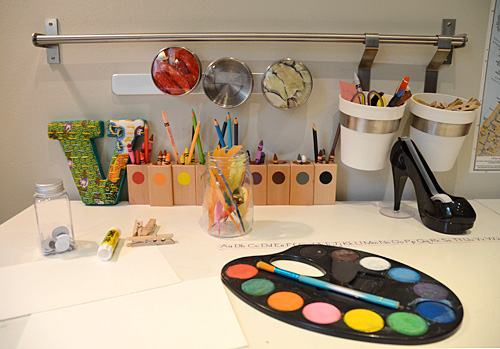
Recently I put out watercolour paints and watercolour paper (along with some other random materials that she always has access to) imagining that she would make some sort of abstract drawings on the beautiful paper that we could later frame and put up around the house. Free original art! But she had a different idea. She pulled out a notepad and started painting whatever came to mind! For a while it was red stick figures…
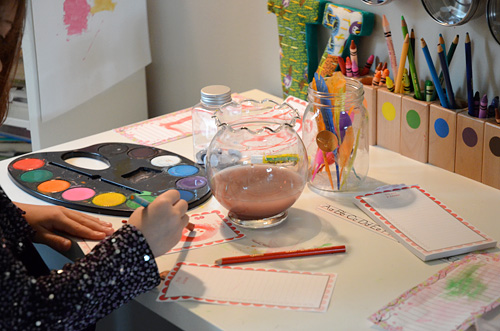
I left her to create and she got really into this pattern of painting letters of the first initial of each of the names in our family along with a colourful pattern of stripes.
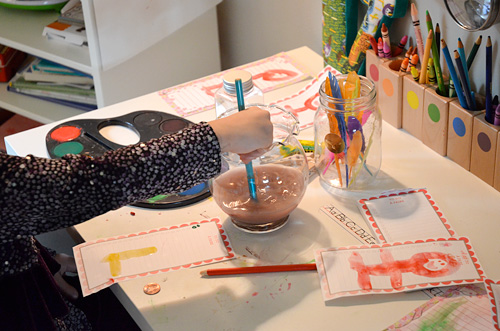
At times she got incredibly frustrated when the colours were blending because of too much water but with a quick little lesson on brush handing and some practice she learned to achieve what she was trying to accomplish. (I learned that there’s sometimes a time and place for a little lesson!)

The key learning for me in all of our open ended art explorations is that when the activity is guided by the child, the passion and inspiration is 100% there. Rashmie of Mommy Labs shares here experience in a blog post called Open-ended Art and Child-led Learning which includes this powerful quote:
A self-motivated soul can do wonders. There’s no limit to his/her creativity and passion.
It is through that post that I found Alissa at Creative with Kids’ fun tongue in cheek “10 Ways to Guarantee You Will Hate Doing Kids Crafts”. I can certainly relate to being guilty of a few items on this list! smirk
I’d love to hear your experiences with open-ended art in your home or classroom! What do you find works/doesn’t work?

